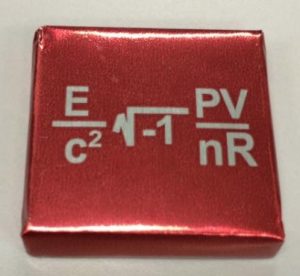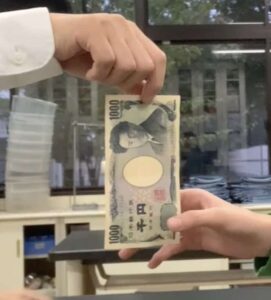Why Can’t Sweet Corn Pop? The Explosive Secrets of Volcanoes and Magma
I’m Ken Kuwako, a science trainer. Every day is an experiment.
【This article is also available as a radio broadcast!】
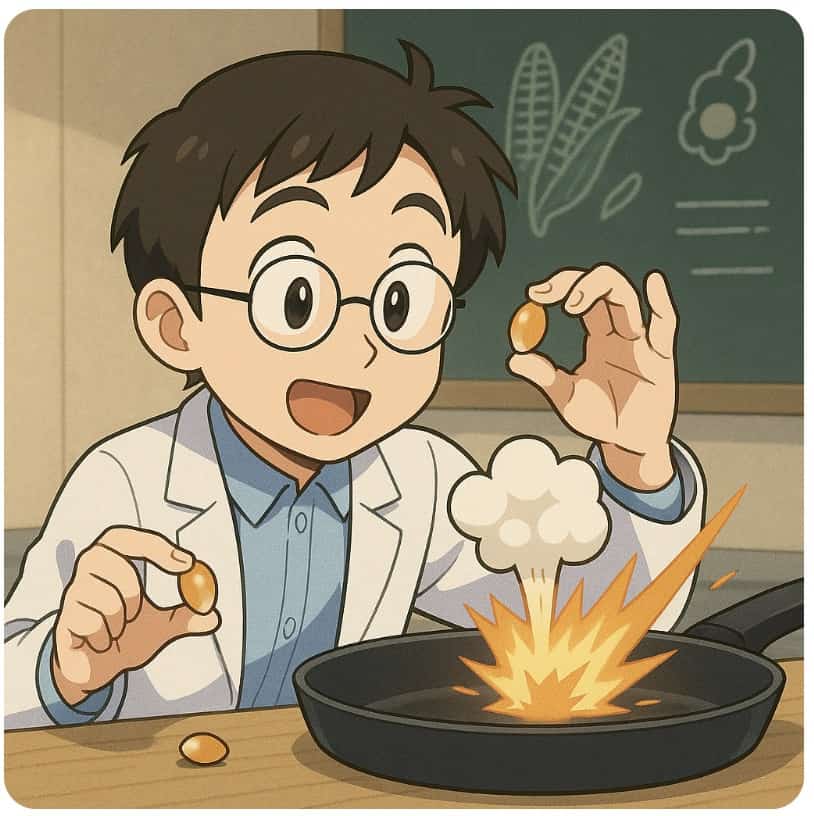
You can’t make popcorn from the sweet corn sold at the supermarket. The truth is, popcorn comes from a special kind of corn called “Popcorn Corn.” If you touch it, you’ll find it’s incredibly hard.
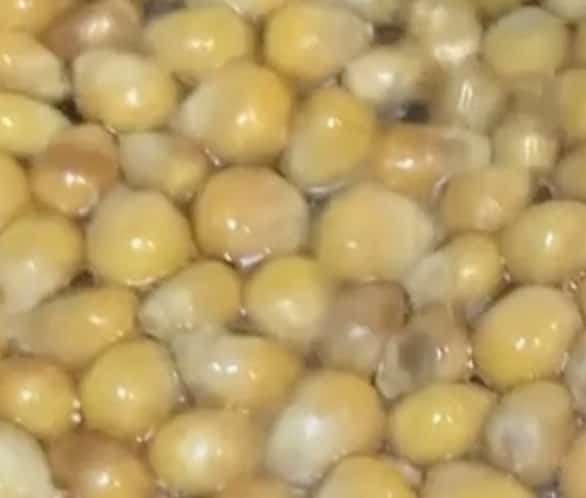
When popcorn kernels are heated, the water inside the soft starchy center turns into steam. As a liquid turns into a gas, its volume expands dramatically. This steam builds up pressure, and when it can’t be contained, the hard starchy shell suddenly bursts, causing the popcorn to pop. I actually tried this at home, so please take a look at the video.
This is a video shot in slow motion.
The brown part you see on the inside is actually the outer skin. It looks like the starchy interior has turned inside out.
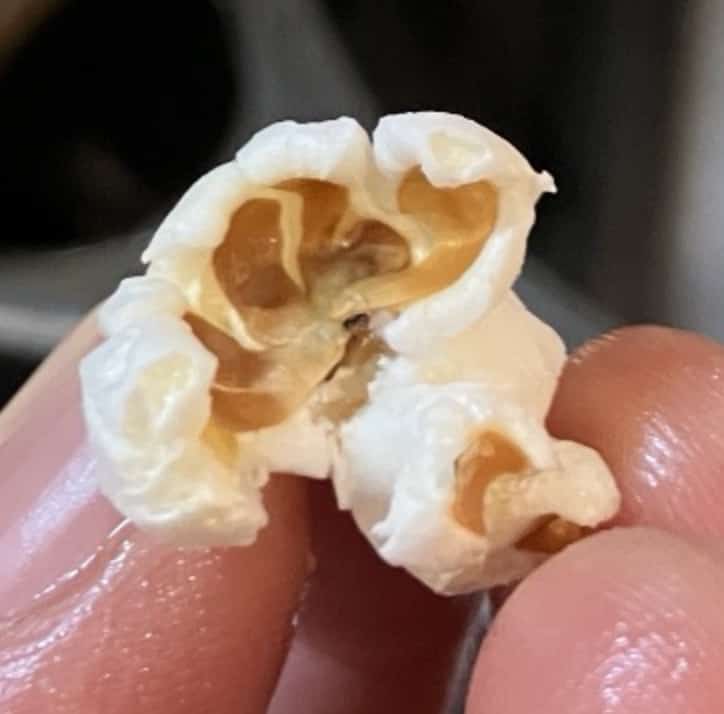
Volcanoes and Popcorn
Interestingly, this process is very similar to a volcanic eruption. The magma inside a volcano contains water, which heats up and turns into steam. As the steam pressure builds, it violently erupts from the crater, causing an explosive eruption.
Thinking about everyday food in relation to natural phenomena makes science much more interesting! By the way, I once observed popcorn in a science club experiment. We used this “JAZZ POPCORN” for the experiment. We roasted it over a lab burner with a wire mesh, and the popcorn came out perfectly fine.
Carbonated Drinks and Mochi
Similar phenomena include the fizzing of a carbonated drink when you open the lid, and how mochi swells up when heated because the water inside turns into steam.
The same thing actually happens inside magma. Magma deep underground is under immense pressure, and a lot of volcanic gases (mostly water vapor and carbon dioxide) are dissolved in it. However, as the magma rises closer to the surface, the surrounding pressure decreases. The volcanic gases can no longer stay dissolved and form bubbles.
This is the same principle as when you open a bottle of soda; the pressure inside the bottle drops, and the dissolved carbon dioxide gas escapes as bubbles. This gas formation causes the magma to expand, which can lead to volcanic eruptions. The connection between soda and volcanoes is a bit unexpected, isn’t it?
How Magma is Formed
The Earth’s surface is made up of several plates (giant slabs of rock) that fit together. These plates move slowly, and sometimes one plate can subduct, or sink, beneath another.
When this happens, there’s a layer of mantle (which makes up about 80% of the Earth’s volume) directly above the sinking plate. The mantle is made of rock, but it has the unique characteristic of flowing very slowly due to heat (it’s solid, but it moves!). As a plate subducts, it drags the mantle with it. But this creates an empty space, right? To fill that space, hot mantle from deeper down rises up.
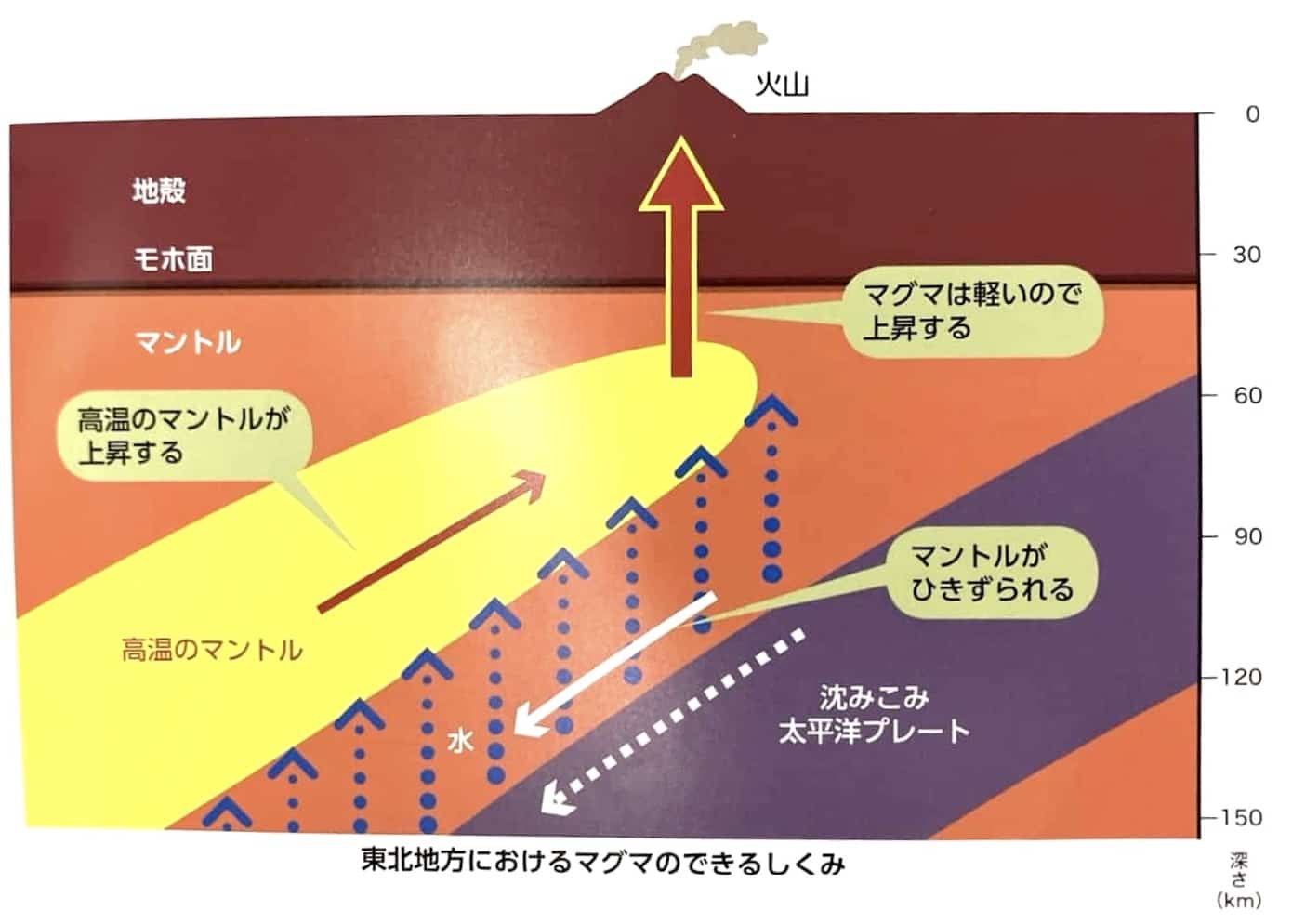
Reference: 『Understanding Volcanoes』by Masaki Takahashi, Seibundo Shinkosha, 2016
Furthermore, the surface of the subducting plate was originally exposed to seawater. As a result, the plate contains a lot of water. As it sinks, this water is released from the plate and seeps into the surrounding mantle. The important thing here is that water has the property of making rocks easier to melt. When water is added, the hot mantle melts and becomes magma. Magma is molten rock that has melted into a liquid state deep underground due to heat. Its temperature can exceed 1000°C.
Magma is lighter than the surrounding rock, so it moves upward. When it breaks through the Earth’s crust and reaches the surface, a volcanic eruption occurs. This is how volcanoes are formed. In other words, the birth of a volcano is deeply connected to the movement of plates and the function of the mantle!
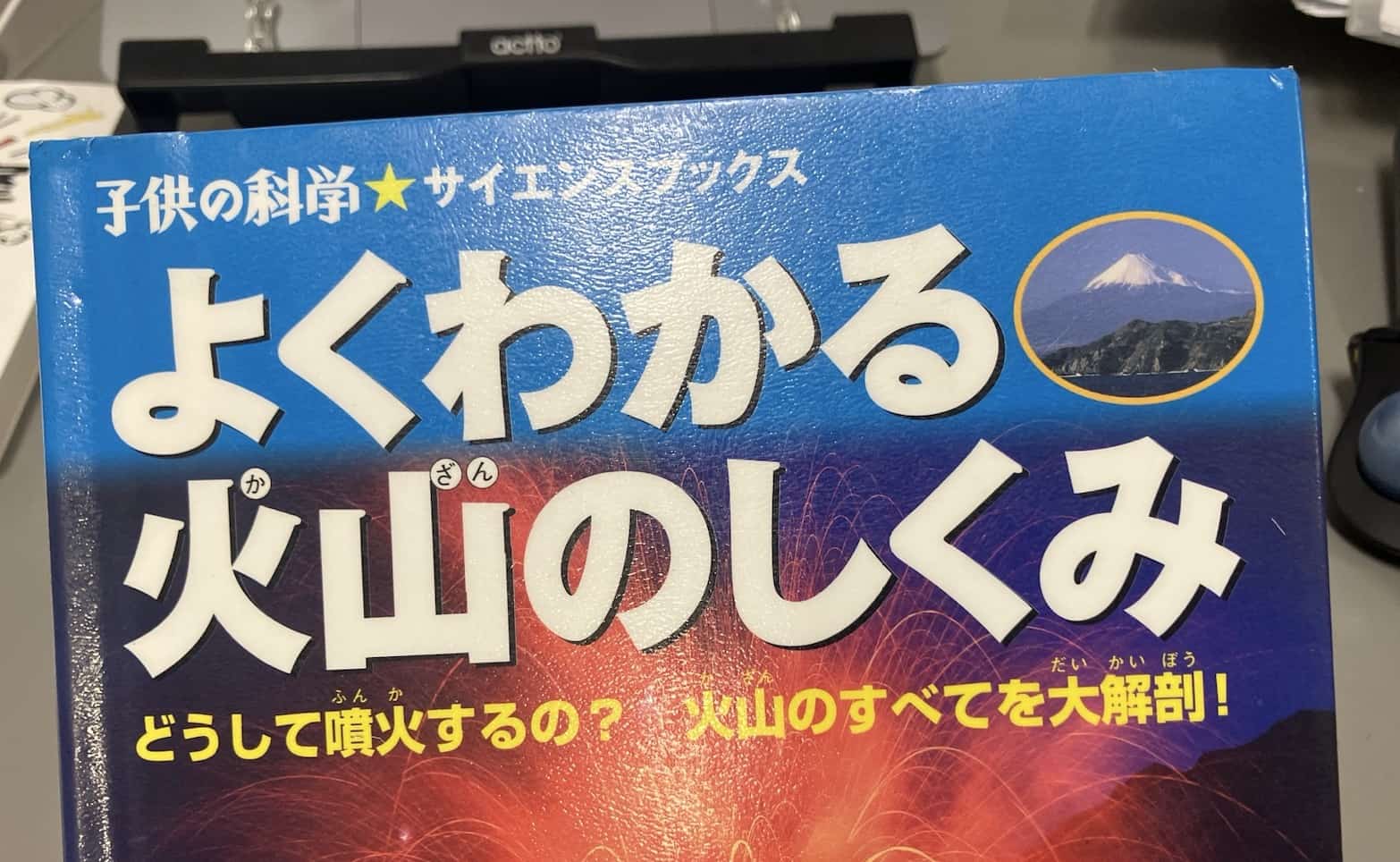
Also check out this “Understanding Volcanoes” book on Amazon.
Contact and Requests
Let’s make the wonders and fun of science more accessible! I have put together fun science experiments that you can do at home and their tips in an easy-to-understand way. Please search for various topics!
・About the administrator, Ken Kuwako, click here
・For various requests (writing, lectures, experiment classes, TV supervision, appearances, etc.), click here
・Article updates are delivered on X!
![]() Our Science Channel features experiment videos!
Our Science Channel features experiment videos!

